Pillar Pages
A pillar page is a comprehensive resource page that covers a core topic in depth and links to high-quality content created for the supporting subtopics.
It helps achieve the following two important digital marketing objectives:
- building topical relevance
- supporting content strategy RACE objectives such as
- attracting visitors
- converting visitors to leads
- converting leads to customers
Pillar pages come in all shapes and forms. The Content Marketing Institute, for example, differentiates between 10x content pillars, resource pillars, and service pillars. The following list presents a few examples of pillar pages on a wide variety of topics:
- https://www.typeform.com/blog/guides/brand-awareness/
- http://www.theatlantic.com/sponsored/athenahealth/population-healthier/598/
- https://zapier.com/learn/remote-work/
- http://kapush.org/cat-litter/
- https://slack.com/intl/en-ca/state-of-work
- https://stronglifts.com/squat/
What do these pages have in common?
Typically, they are very, very long. They tend to use multiple types of media (e.g., text, images, and videos). They are well integrated within their domain and have many cross-links. They answer many problems around a topic of interest for consumers. As a result, they help boost SEO efforts. Remember the main factors on which websites are ranked?
- direct visits
- time on site
- pages per session
- bounce rate
- referring domains, backlinks, follow-backlinks, and referring IPs
- content length
- keywords in body, density, in title, and meta
- video on page
Pillar pages can help with all of these factors! By being long and answering many problems and needs associated with a single topic, they are more likely than “normal” pages to become references on these topics. This should allow the reduction of bounce rate, since consumers are almost certain to find what they are looking for! These pages are also more likely to increase time on site because they give so many resources for consumers to go through. By allowing many cross-links, they can favor many pages per session. They allow for writing extensive content with many keywords and multiple types of media.
The main idea behind the creation of a pillar page is to identify a core topic of interest for consumers and break down this topic into topic clusters (or subtopics).
Take the Stronglifts squat pillar page, for example (Figure 6.7). The core topic of interest is “how to squat,” a question often asked by people interesting in exercising, bodybuilding, powerlifting, and the like.
When you enter this pillar page, you find a short summary on the squat and a few cross-links to guide consumers to other pages on the website, favoring higher page views. The summary is also useful because it can be used to hook people in, encouraging them to read on. The page then continues with several topic clusters organized around “how to squat”:
- Introduction
- Safety
- Technique
- Common issues
- Common squat pains
- Stretches
- Equipment
- Variations
- FAQs
Figure 6.7 Pillar Page Example
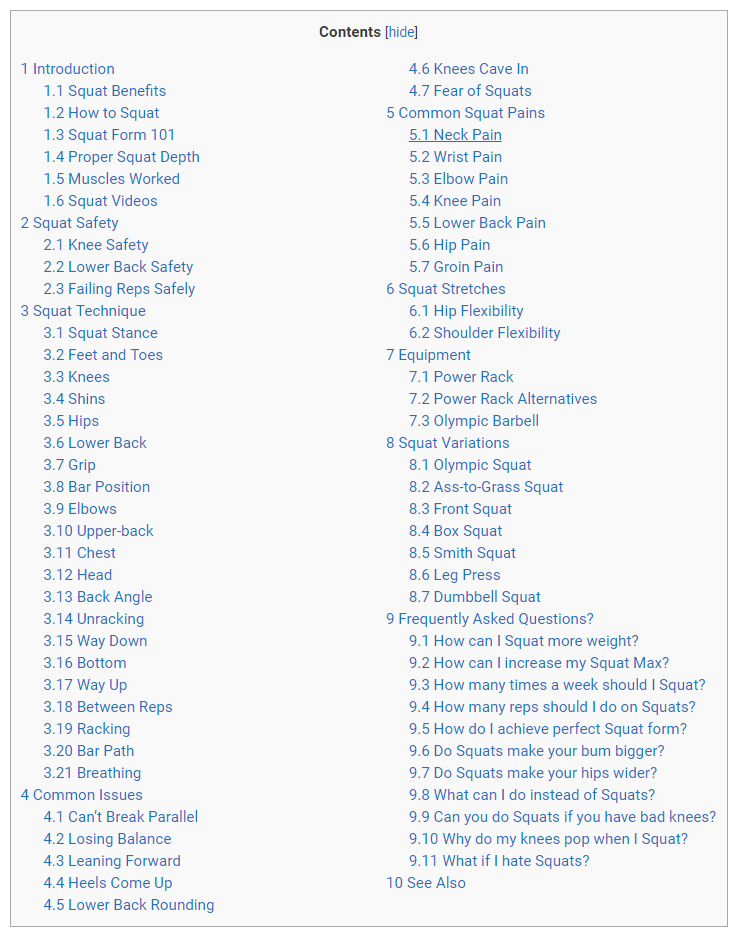
Each of these subtopics effectively represents subsections of the pillar page and addresses different needs, but they are all grouped into the same pillar page.
A pillar page can thus help build topical relevance because it provides a central and extensive resource on a major topic that can be well referenced (linked to) by other websites. It helps organize a website content around a core topic. If a pillar page is done well, the topic or problem it addresses should be one that a persona or multiple personas care about. Lastly, pillar pages help people easily navigate throughout multiple pieces of content on the same topic on the same webpage, providing a great user experience.
This is quite different from a typical content marketing approach that would have favored separate blog posts on all of these different subtopics and subsections of each subtopic!
Figure 6.8 illustrates the traditional content marketing approach and Figure 6.9 the pillar approach.
Figure 6.8 Traditional Approach
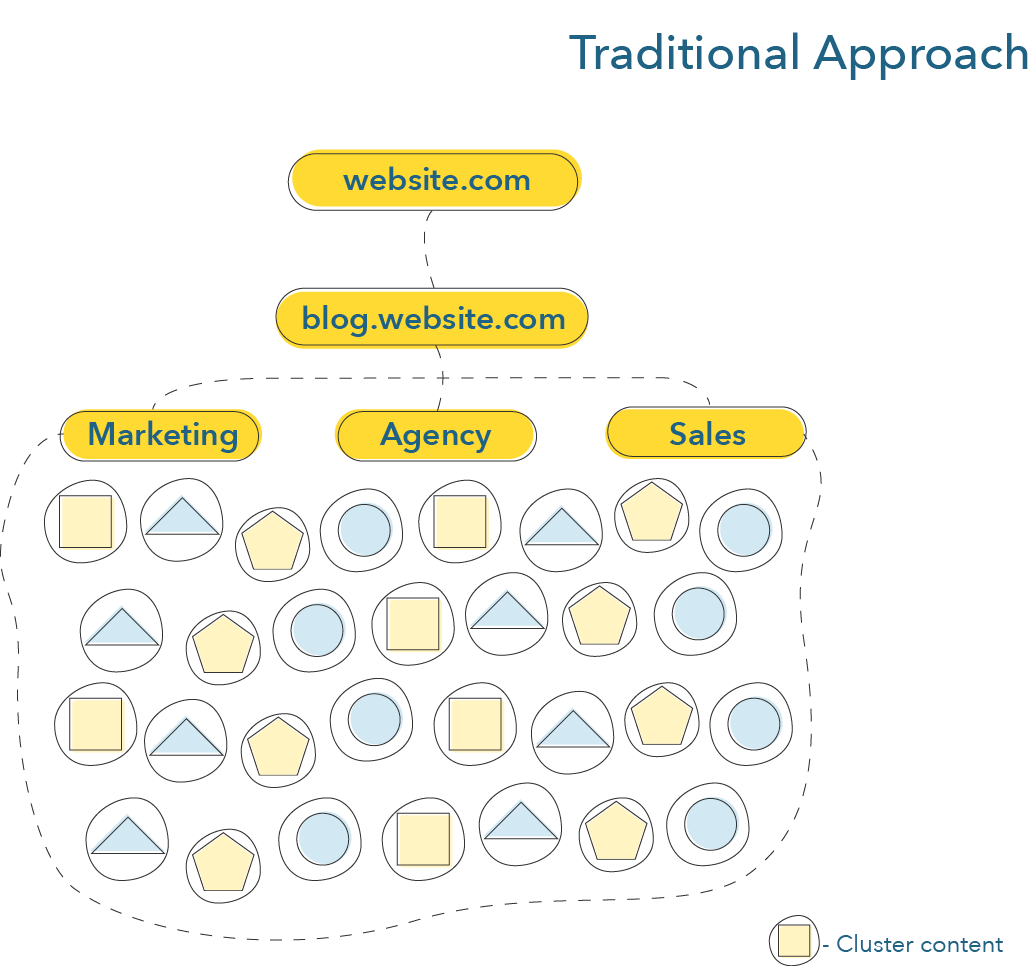
Figure 6.9 Pillar Approach / From HubSpot
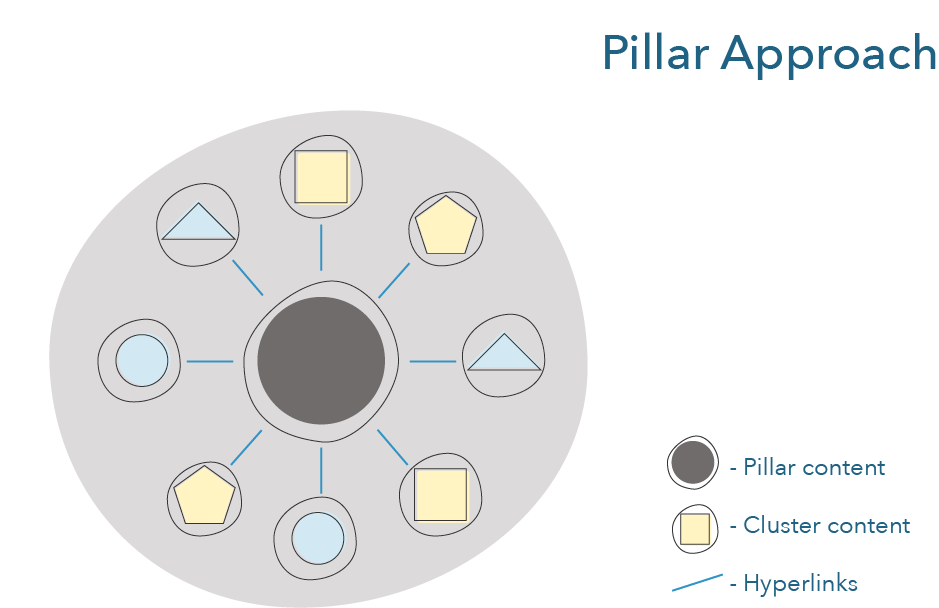
Pillar pages can also be used to support lead creation and sales.
A first way to do so is to use the pillar pages themselves. For example, a pillar page could include gated content, opt-ins (forms on the pillar page that ask for a consumer’s email address), and calls to action. Pillar pages that follow such an approach include the following examples:
- https://www.wildwewander.com/diy-truck-camper
- https://www.etuma.com/cx-professionals-guide-to-text-analysis
- https://info.townsendsecurity.com/sql-server-encryption-key-management-definitive-guide
Take Wild We Wander, for example, and its pillar page on “how to DIY a truck camper.” This page (Figure 6.10) has all of the characteristics of a pillar page, but it also redirects consumers to a content asset (a free resource to become a digital nomad) that is a piece of gated content (Figure 6.11).
Figure 6.10 Pillar Page and Gated Content
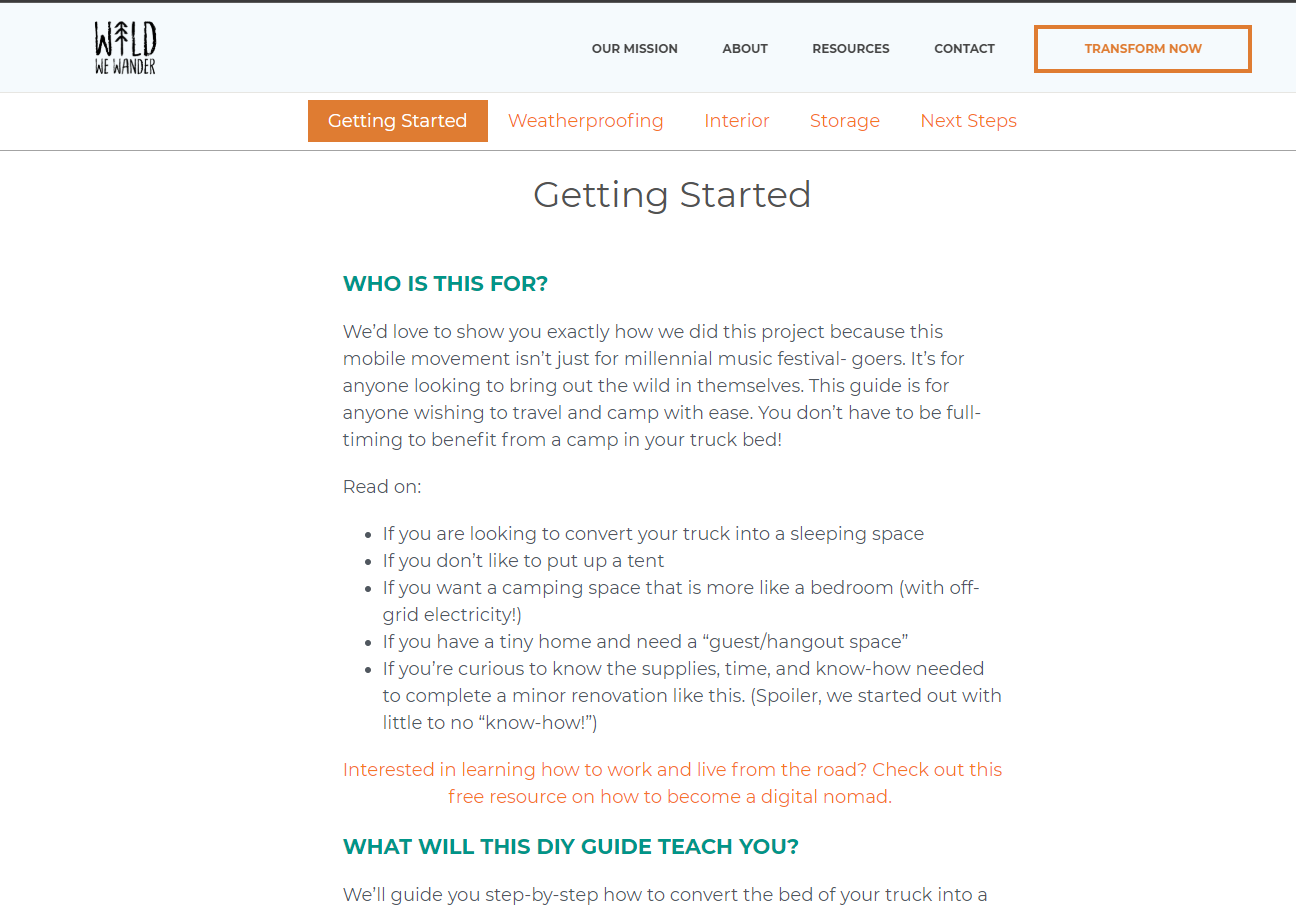
Figure 6.11 Pillar Page and Gated Content
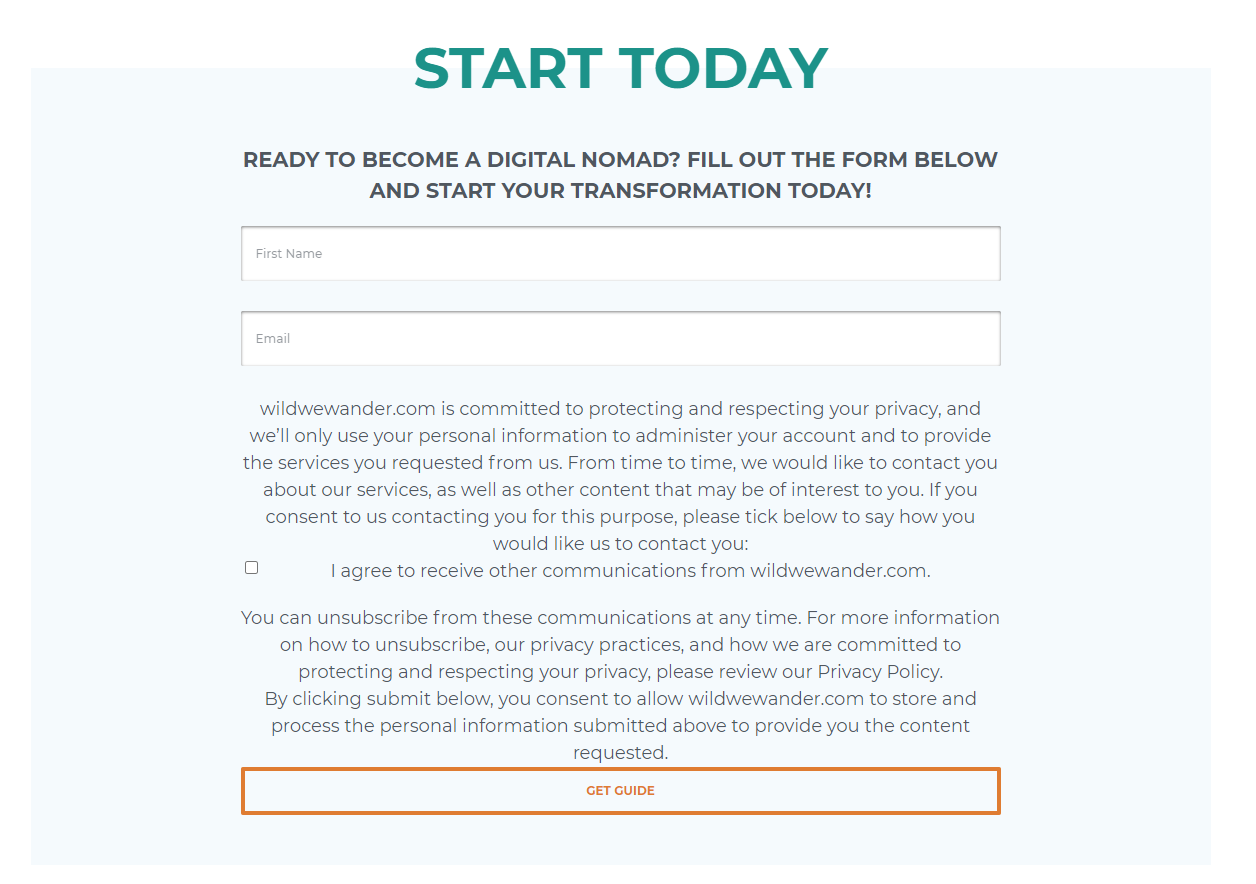
Second, pillar pages can also be thought of as part of a longer-term strategy that includes other pieces of content. It often happens that companies will initially gate a pillar page and use it to generate leads. For example, the two pillar pages we presented so far could have been initially offered as e-books that offered all the information regarding “how to squat” and “how to DIY a truck camper.” The firms could have used these two gated content assets as part of a greater content marketing strategy, breaking down the e-book into smaller, more digestible pieces. Example of this could include short blog posts (“3 tips for a better squat,” “3 reasons why squats hurt your knees”), short videos (“the right squat position”), short social media posts (e.g., statistics and quotes from the e-book), and the like. Then, once the lead generation campaign was over, the e-book could have been turned into an ungated pillar page. Visually, this strategy can be represented as shown in Figure 6.12, where all of these “smaller” pieces of content link back to the gated e-book to generate leads.
Figure 6.12 Pillar Strategy

In fact, this is exactly the strategy that Unbounce used with their Conversion Centered Design e-book. Originally an e-book, the firm used it as a piece of gated content with supporting pieces of ungated content, including
- a blog post highlighting the main lines,
- a SlideShare deck explaining the main principles, and
- a guest blog post on HubSpot.
These ungated pieces of content drove consumers to the e-book. To generate further leads, they also supported the launch of the e-book through other pieces of gated content, including
- a webinar about Conversion Centered Design that captured leads for registration (gated) and
- a landing page to watch the webinar recording after the event.
Then, Unbounce took their e-book and transformed it into a pillar page (https://unbounce.com/conversion-centered-design/) and broke down the webinar, making it accessible on YouTube in six different videos.
Hence, if a firm plans to create pillar pages, it might be useful to think of how the page can first be embedded in a lead generation strategy before being made accessible more freely as a piece of ungated content.
Here are a few tips for forming such a strategy:
- Find the core problems of your persona.
- Group these problems into core topics.
- Build each topic with subtopics.
- Identify content ideas for subtopics.
- Write an extensive piece of content.
- Fragment this piece of content into multiple pieces with different formats and different parts that can be used to bring people to the gate or foster interactions.
- Extend the reach of these parts on owned media and using paid activities.
